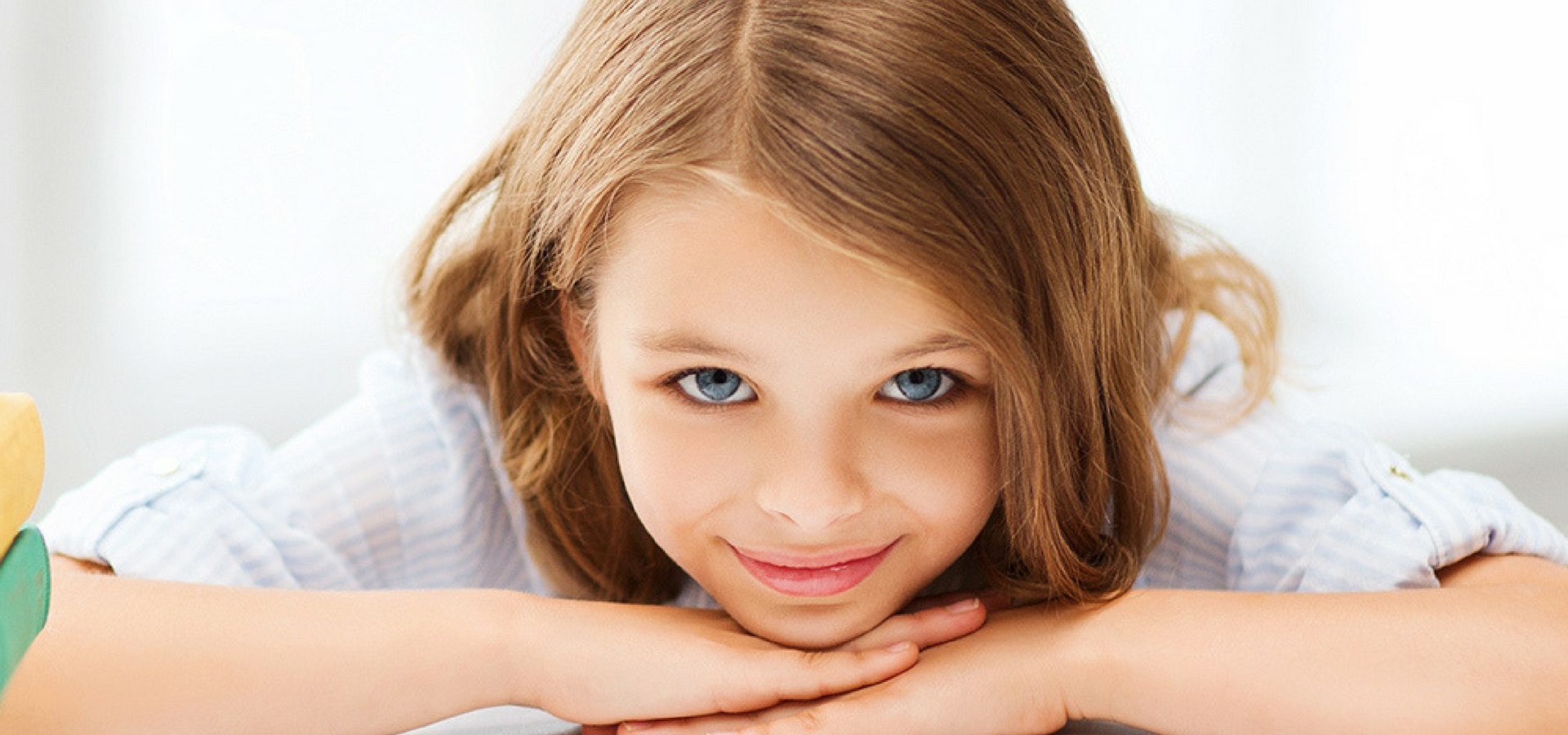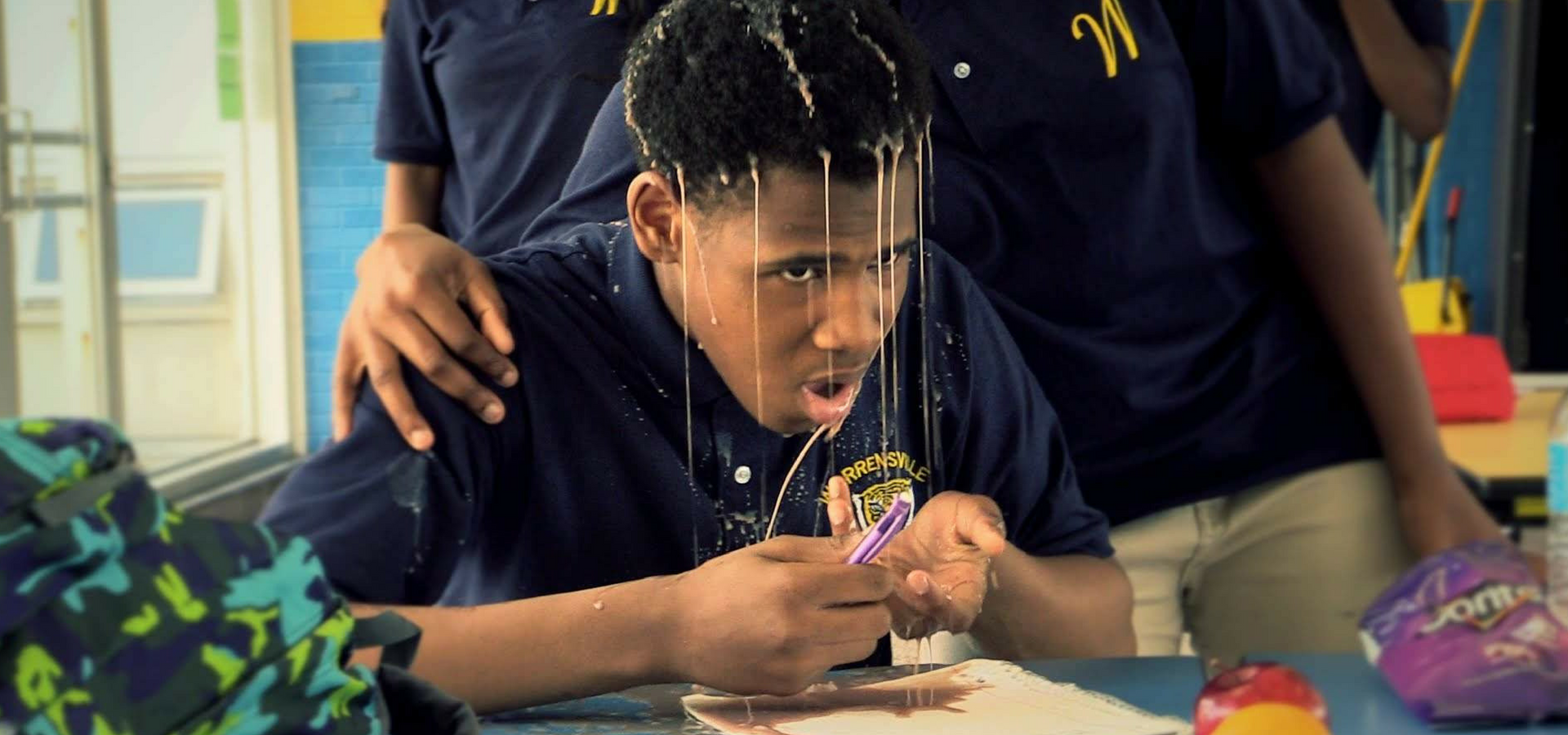
Four Ways We Teach Children – Can you think of others?
Asking Questions. Our children are smarter than we give them credit for. We are so worried that they are not going to do what is right, or we are in such a hurry that it just seems easier to give our children marching orders. But asking them questions is a far more effective teaching tool. Often, they know exactly what to do and when they come up with solutions to their own questions or challenges, it builds their problem-solving skills. I always encourage parents to refrain from telling their children what to do or from answering their questions so quickly. Instead, ask them questions such as “what do you think?” “what will you do now?” “what did you notice?” Asking children questions also builds their own confidence and strengthens their faith in themselves. Coaching. Taking the art of asking questions one step further, coaching adds two more elements that teach a child greater problem-solving skills: Telling a child what you see, and offering to help. Putting these three concepts together creates a powerful method for parenting that will build the child’s coping skills. You are not always going to be at your children’s side to protect them, so you have to arm them with the ability to cope and survive. Telling your children what you see provides a perspective that they can compare to their own assessment. Asking them questions invites creativity and solutions. And finally, offering to help gives them the courage to take on things that they might feel are too big for them; whether it’s putting on a bandage, choosing a book report project, or finding solutions to teen problems. Living Out Loud. Similar to living by example, this concept takes teaching one step further and works best with younger children. By living out loud, you seek opportunities to set an example by narrating what you’re doing. For example, you are watching television and your child is playing in the same room. You want your child to learn that television is not what life is all about and that it should be limited, so as you turn it off you say out loud for anyone to hear: “That’s enough television for me today.” If your spouse does something for you that demonstrates respect, say out loud: “I love it when mommy gets me a glass of water.” If you’re serving the meal and your child is at the table and watching, you could say: “Everyone gets a small serving of pasta because they need to leave room for the vegetables.” Using this narration will teach many wonderful messages about respectful living, boundaries and limits. Accomplishments. One final method for teaching your children is through the examples of your actions and individual accomplishments that will speak to them for many years. It is more than living by example and the things you do on a regular basis. It is about what you create that influences others. I think of these things as “our works” that contribute to making the world a better place to live. Doing so teaches children important lessons about the power we each have to give back to the world, and inspires them to do the same.































